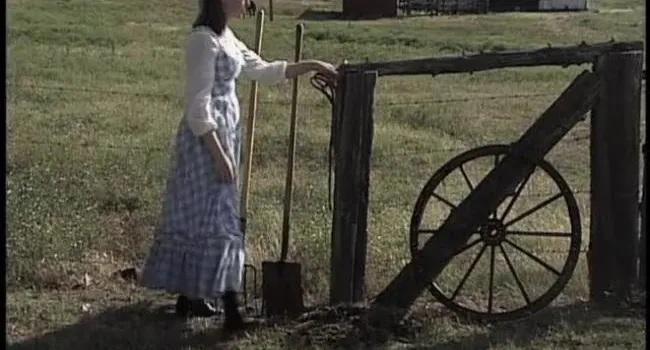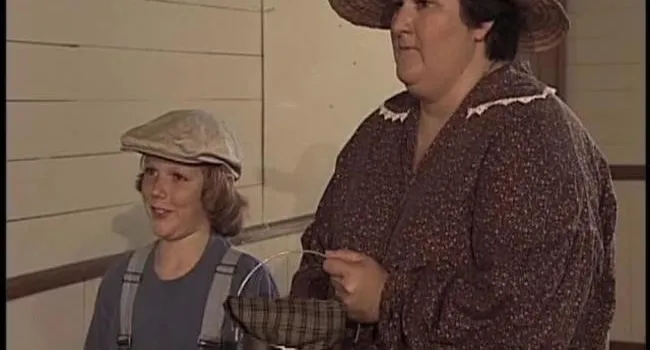Kaltura
Wil Lou Gray, Part 4 - Columbia College
Wil Lou grows into a young lady and even earns a teaching degree from Columbia College. She begins teaching in a one-room school house, enrolling around 56 pupils
Standards
- 3-5 The student will demonstrate an understanding of the major developments in South Carolina in the late nineteenth and the twentieth century.
- South Carolina experienced major economic, political, and social changes during the late nineteenth and the twentieth century. To understand the effects of these changes, the student will utilize the knowledge and skills set forth in the following ind...
- 3-5.2 Explain the causes and impact of emigration from South Carolina and internal migration from rural areas to the cities, including discrimination and unemployment; poor sanitation and transportation services; and the lack of electricity and other m...
- 3-5.3 Explain the effects of the Great Depression on daily life in South Carolina, including the widespread poverty and unemployment and the efforts of the federal government to create jobs through a variety of New Deal programs.
- South Carolina experienced major economic, political, and social changes during the late nineteenth and the twentieth century. To understand the effects of these changes, the student will utilize the knowledge and skills set forth in the following ind...
- 8-6 The student will demonstrate an understanding of the role of South Carolina in the nation in the early twentieth century.
- South Carolina’s response to national crises during the first half of the twentieth century brought it back into full participation in the national experience. To understand the state’s changed status, the student will utilize the knowledg...
- 8-6.2 Explain the causes and effects of changes in South Carolina and the nation as a whole in the 1920s, including Prohibition, the destruction caused by the boll weevil, the rise of mass media, improvements in daily life, increases in tourism and rec...
- 8-6.3 Explain the reasons for depressed conditions in the textile mills and on farms in South Carolina and other regions of the United States in the 1920s and the impact of these conditions on the coming of the Great Depression.
- South Carolina’s response to national crises during the first half of the twentieth century brought it back into full participation in the national experience. To understand the state’s changed status, the student will utilize the knowledg...
Resources
You need to be logged in to listen to view this content. Create an account now; it's quick, easy, and free!
Log In to View







